Video : Close-up of the 'Nine Dragons Hidden in Clouds' painting in the shrine of King Khai Dinh in Ung Lang
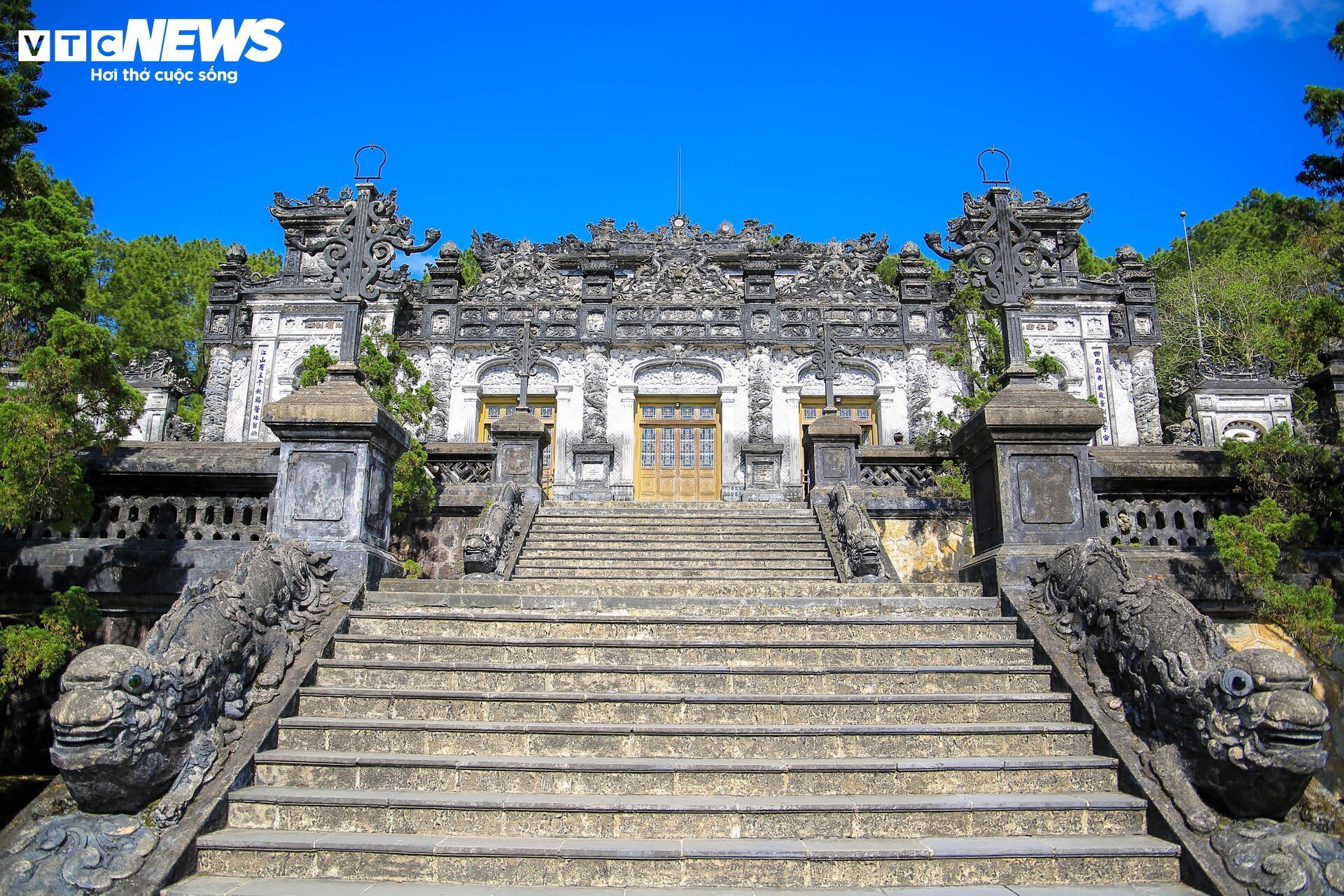
Ung Lang is the final resting place of King Khai Dinh - the 12th emperor of the Nguyen Dynasty but the last emperor of this dynasty to build his own tomb while he was still alive (the last emperor of the Nguyen Dynasty, Bao Dai, lived in exile and died in France. His tomb is still in France). The mausoleum is located on Chau Chu Mountain (also known as Chau E), about 10km from the center of Hue City.
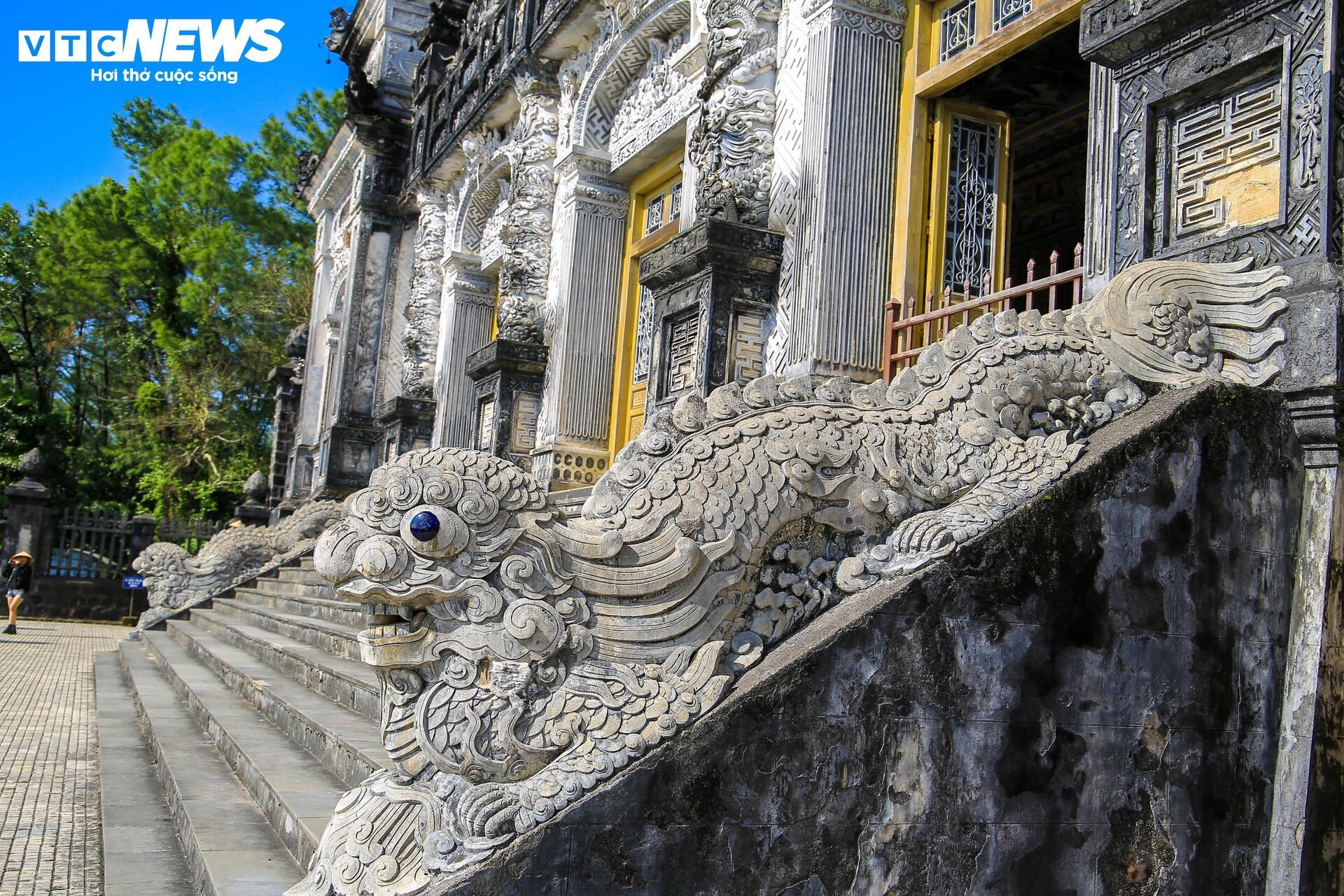
Ung Lang is also the most famous tourist destination in the system of temples, monuments and mausoleums that still exist in the ancient capital of Hue. Although not as large as the mausoleums of other kings of the Nguyen Dynasty such as Gia Long, Minh Mang, Tu Duc or Thieu Tri, Ung Lang of King Khai Dinh attracts tourists with its unique architecture. It is a combination of many architectural schools such as Hinduism, Buddhism, Roman, Gothic... To build the mausoleum, King Khai Dinh had to send people to China and Japan to buy porcelain and glass and to France to buy cement and steel to bring back to the country to serve the construction of the mausoleum.
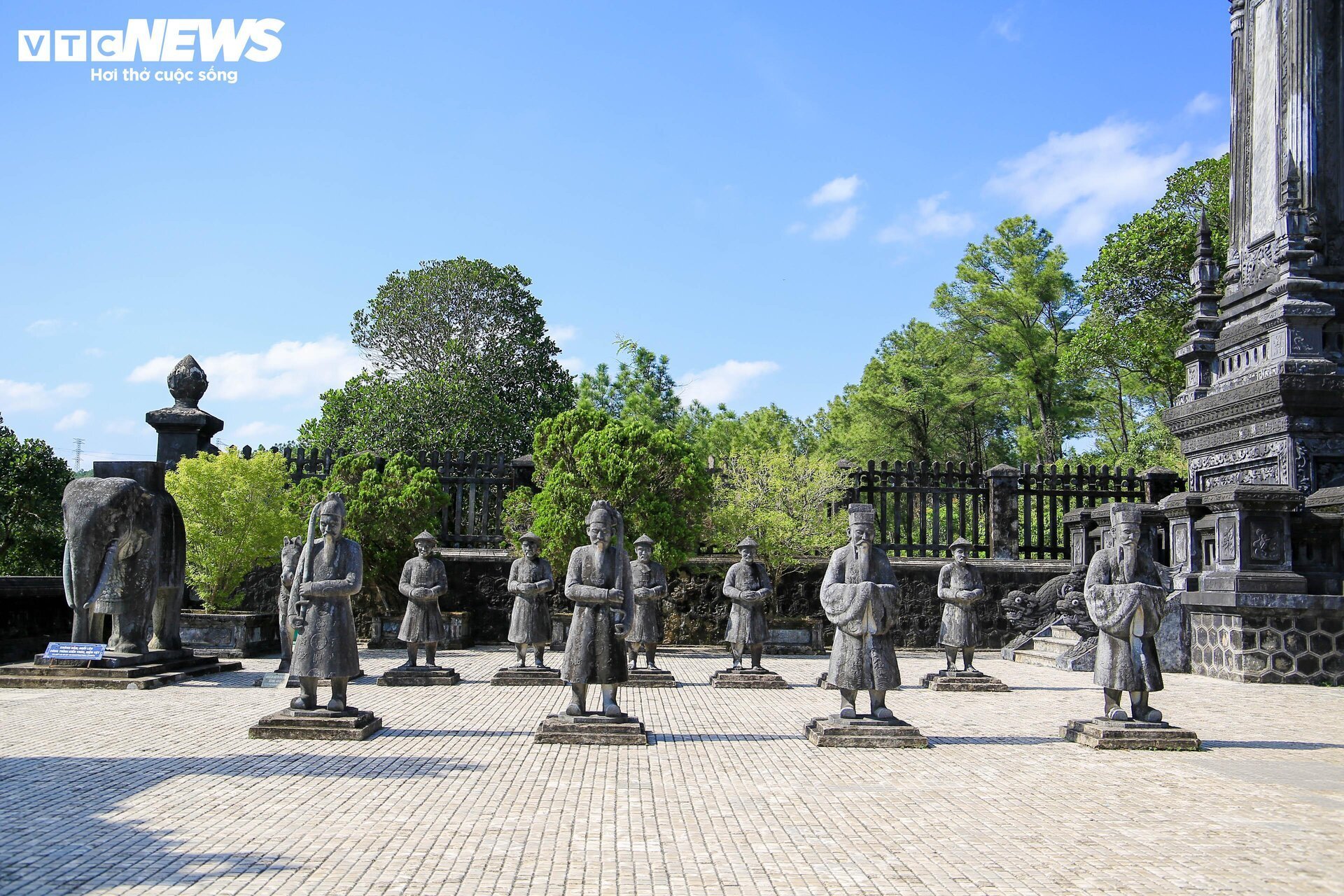
The similarity between Ung Lang and other Nguyen Dynasty royal tombs is the system of statues of civil and military mandarins, soldiers, horses and elephants standing in the courtyard below the king's shrine area.
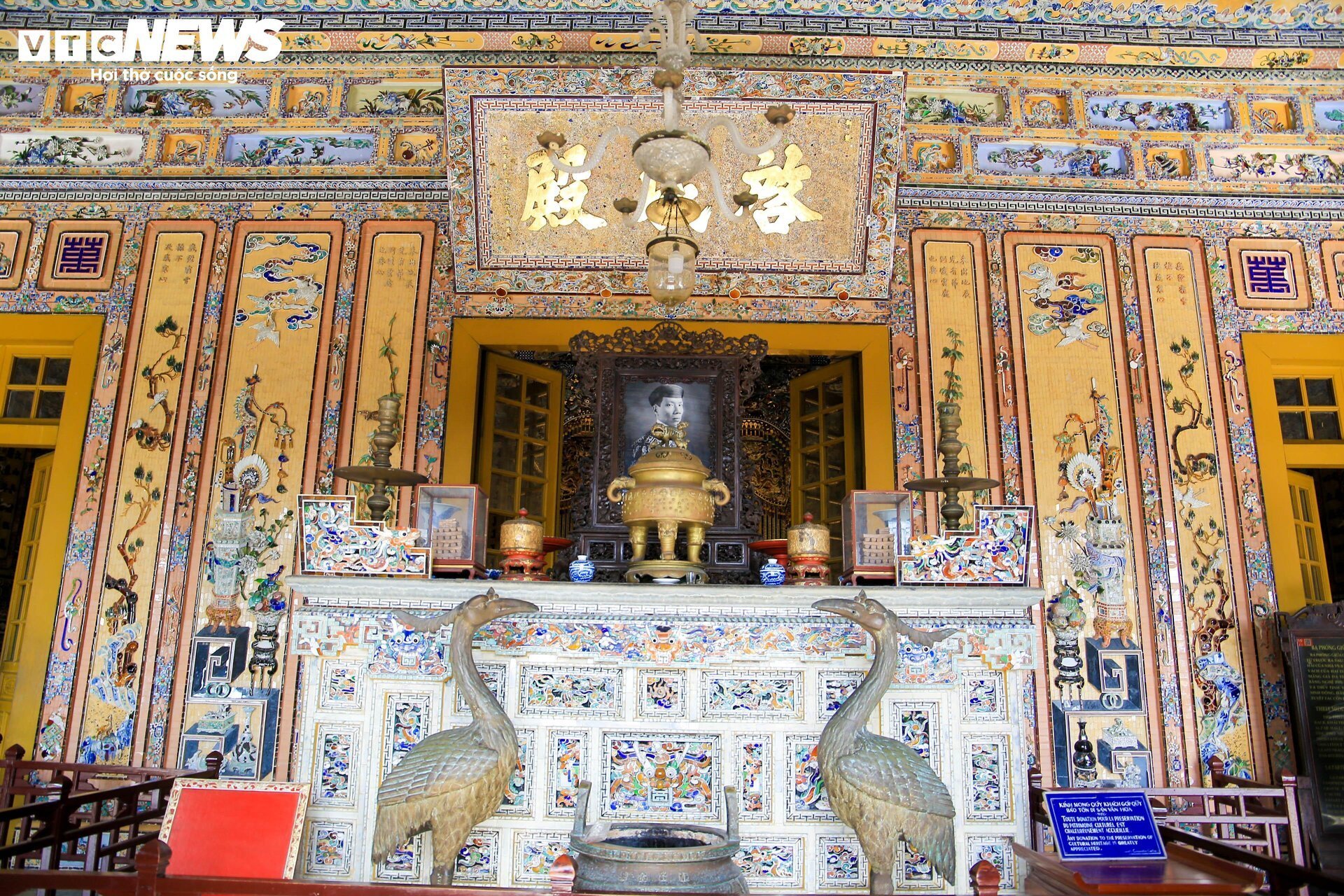
The shrine of King Khai Dinh located in Thien Dinh Palace in Ung Lang is lavishly decorated with vivid and beautiful motifs. The worshiping objects are also made of precious materials and are exquisitely crafted.
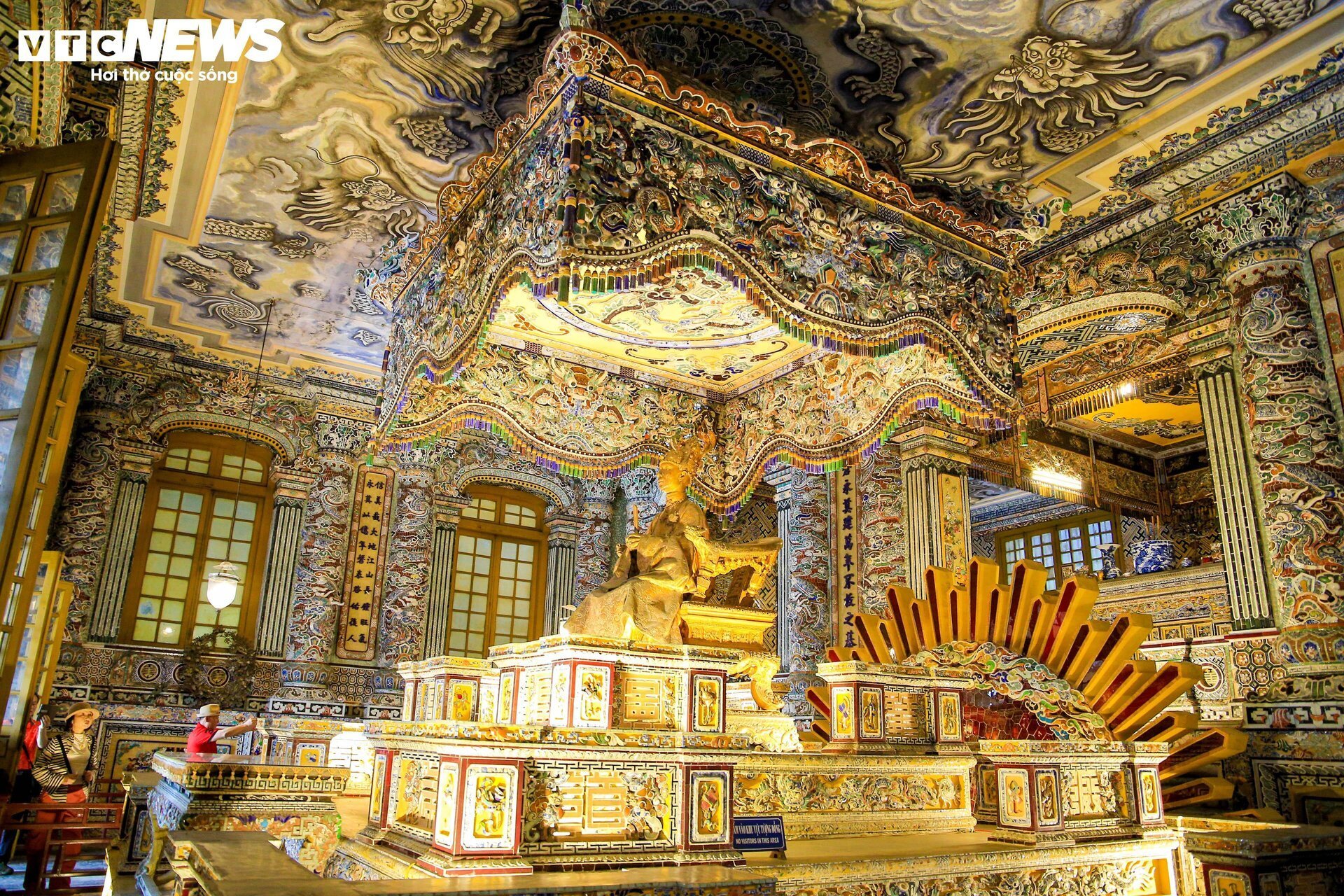
Thien Dinh Palace is probably the most popular tourist attraction in Ung Lang. Because this is the most important and tallest building in Ung Lang. In front of Thien Dinh Palace is Khai Thanh Palace - where the altar and portrait of King Khai Dinh are placed. In the middle is the Bao An where there is a statue of King Khai Dinh. The statue was ordered by the king himself to a French sculptor named Paul Ducuing to create and cast at the Ferdinand Barbédienne workshop in Paris. The statue is made of yellow bronze and depicts the king sitting on the throne, wearing a royal robe, a crown of nine dragons, and holding a scythe.
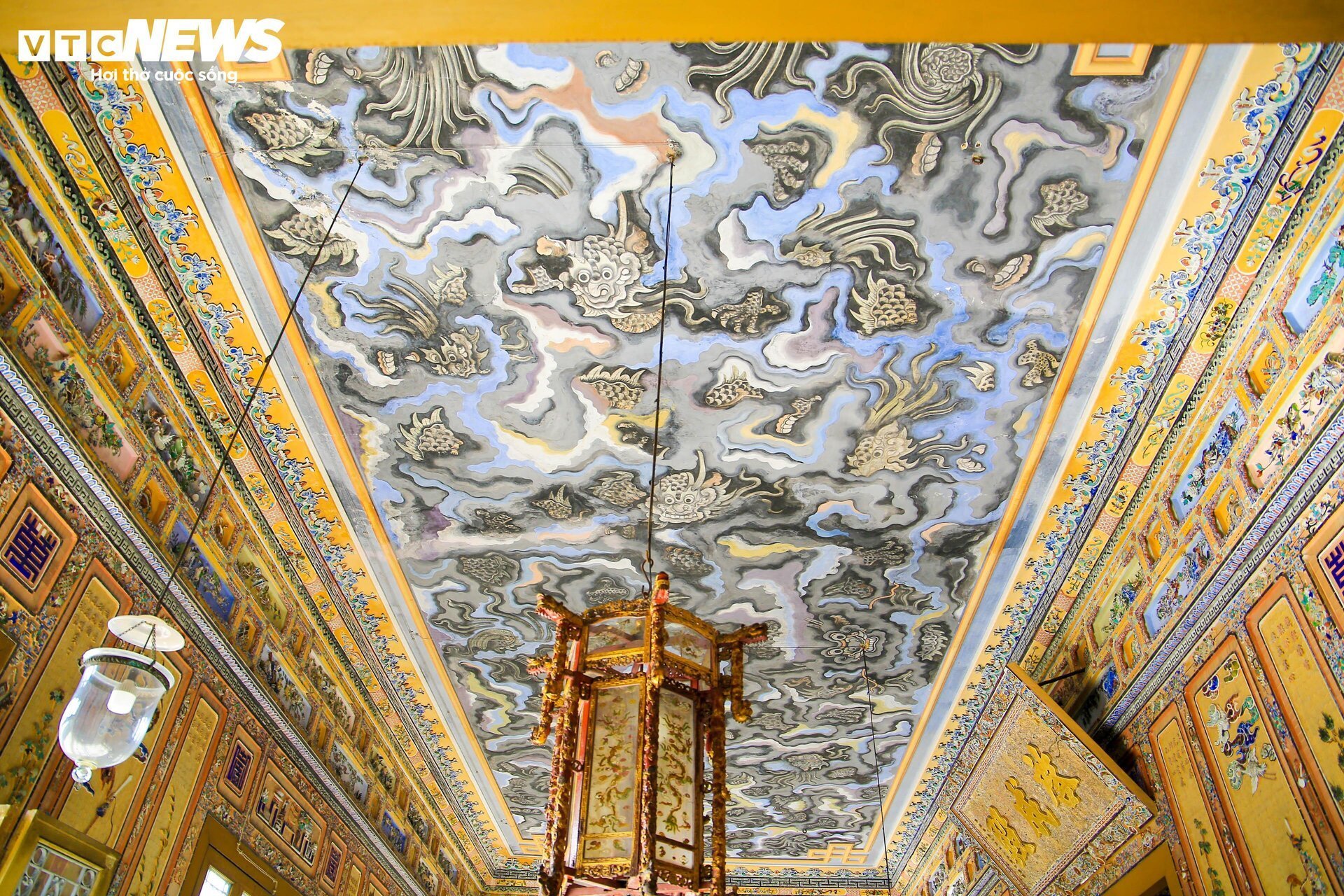
Another highlight at Ung Lang is the mural "Nine dragons hidden in clouds" painted on the ceiling of the three middle compartments of Thien Dinh Palace in Ung Lang.
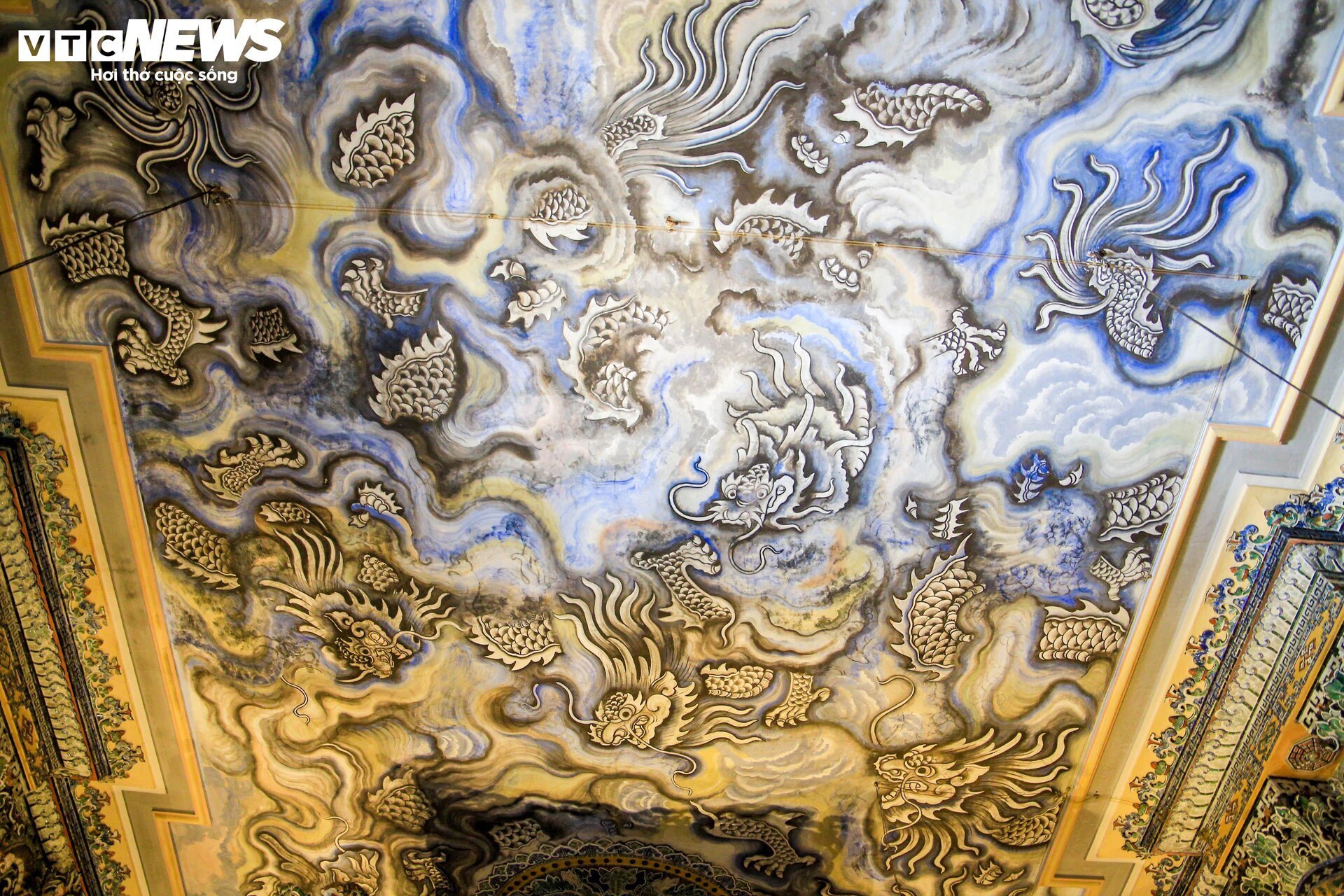
The painting "Nine dragons hidden in clouds" is also considered one of the largest dragon paintings in our country today.
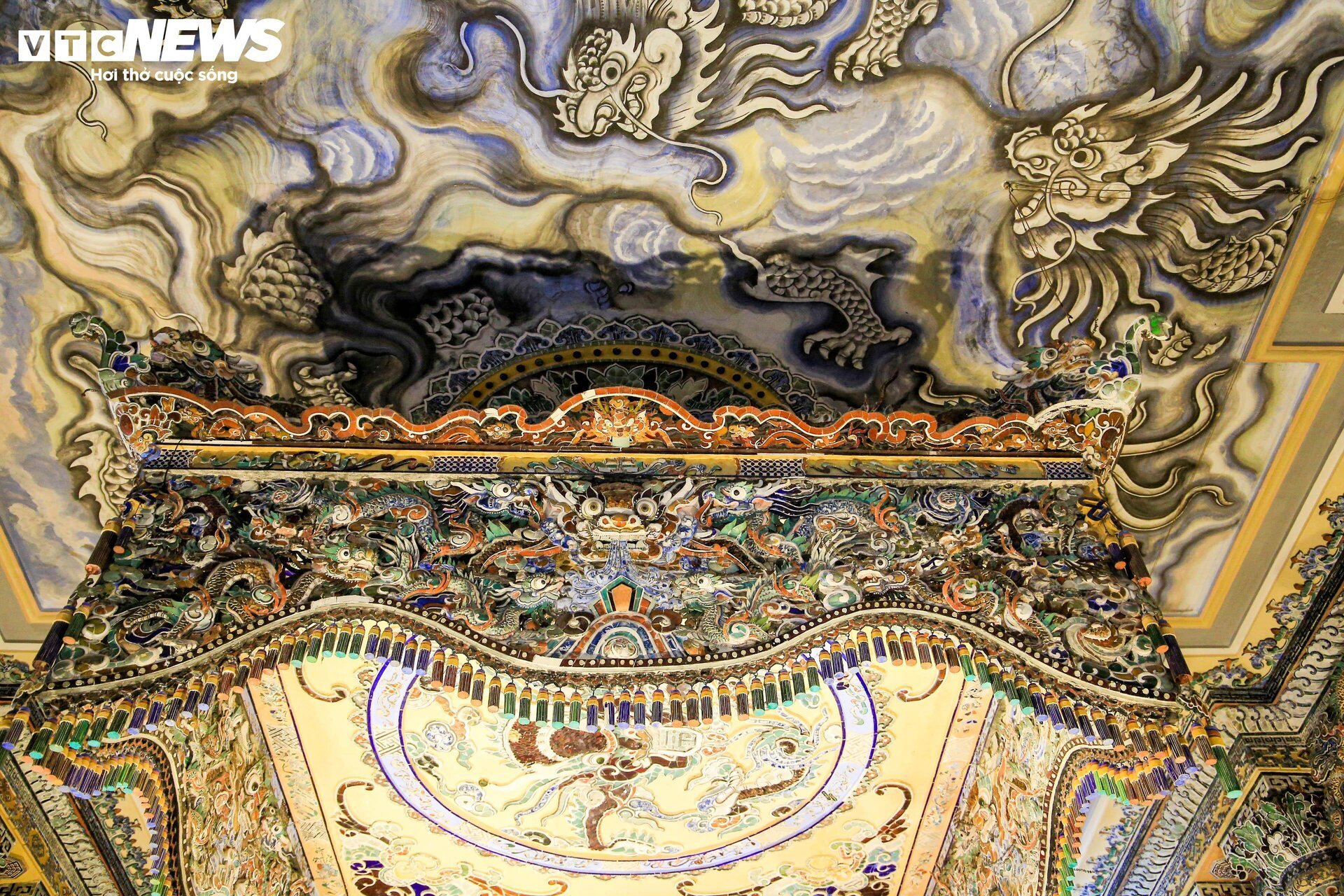
According to documents, the painting was painted by a royal artist named Nguyen Van Tanh. The special thing about the painting is that after nearly a century, this mural has never been retouched and looks like new. Another mystery is that the painting has never been recorded to be covered with spider webs, although there are quite a lot of spiders around Thien Dinh Palace.
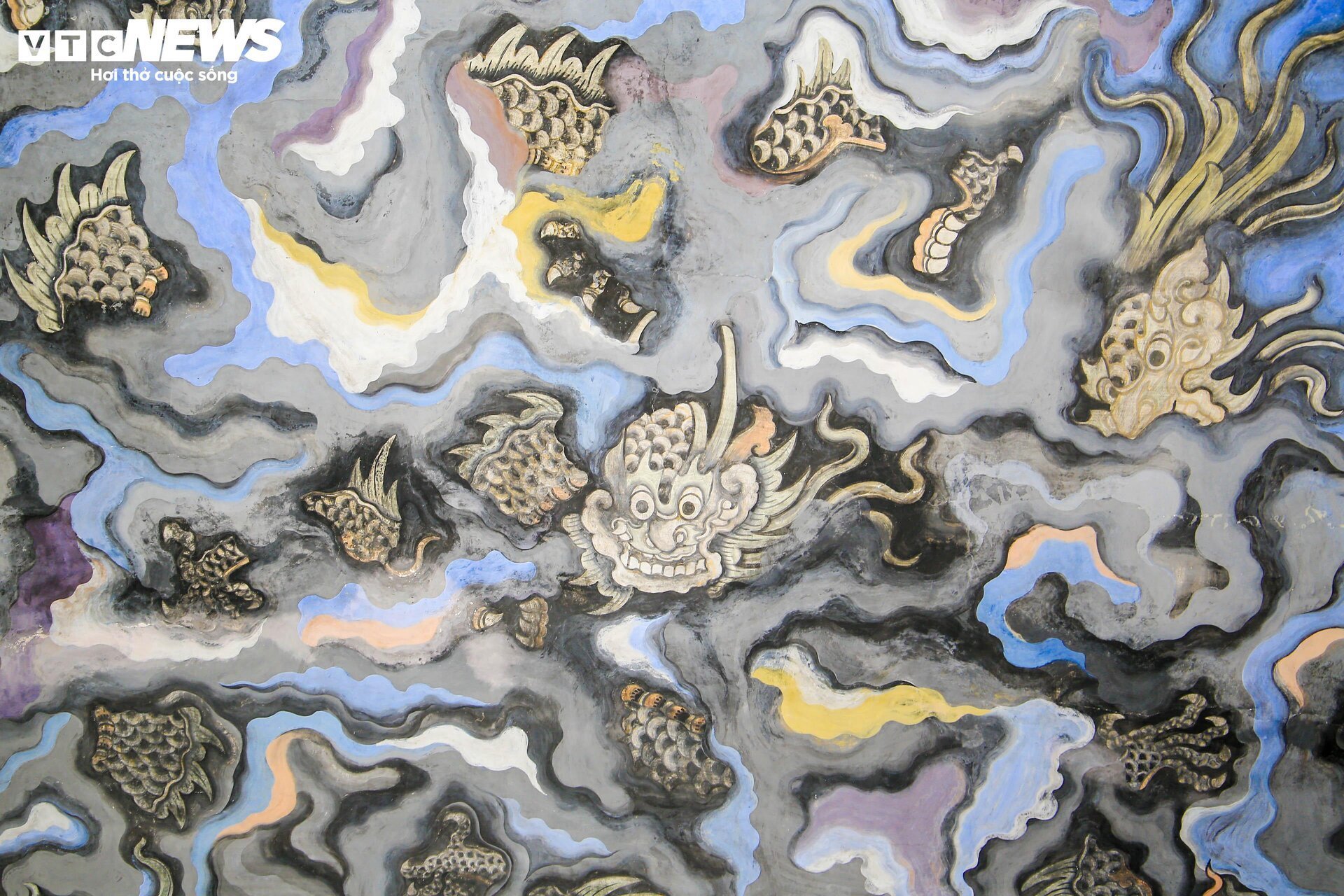
Interestingly, it is said that in order to paint the "Nine Dragons Hidden in the Clouds" painting, artist Nguyen Van Tanh had to place a high shelf close to the ceiling of the palace, then hold a brush in his mouth and hold a brush with both hands and feet at the same time. While he was absorbed in his work, the king came to visit. While everyone was paying respect to the king, artist Tanh was still engrossed in his work. At that time, the king said: "Nine Dragons! If there were two Nine Dragons in this world, I would have taken your head."
Artist Phan Van Tanh is also rumored to be the author of the "Long Van Khe Hoi" mural on the ceiling and columns of the old main hall of Dieu De Pagoda (one of the three Nguyen Dynasty's national temples still existing in Hue). This painting was recognized by the Vietnam Record Book Center as the "Oldest and largest painting on the ceiling of the main hall in Vietnam" in March 2008. However, according to researchers, there is currently no specific document to prove this information.
Source


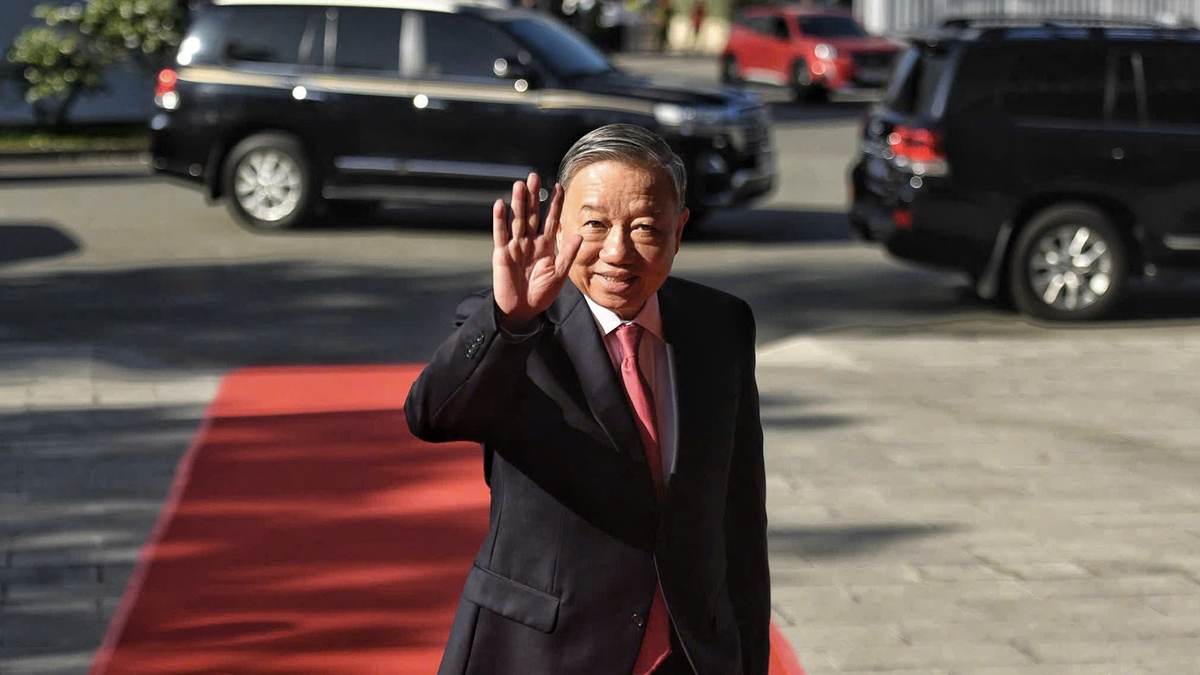
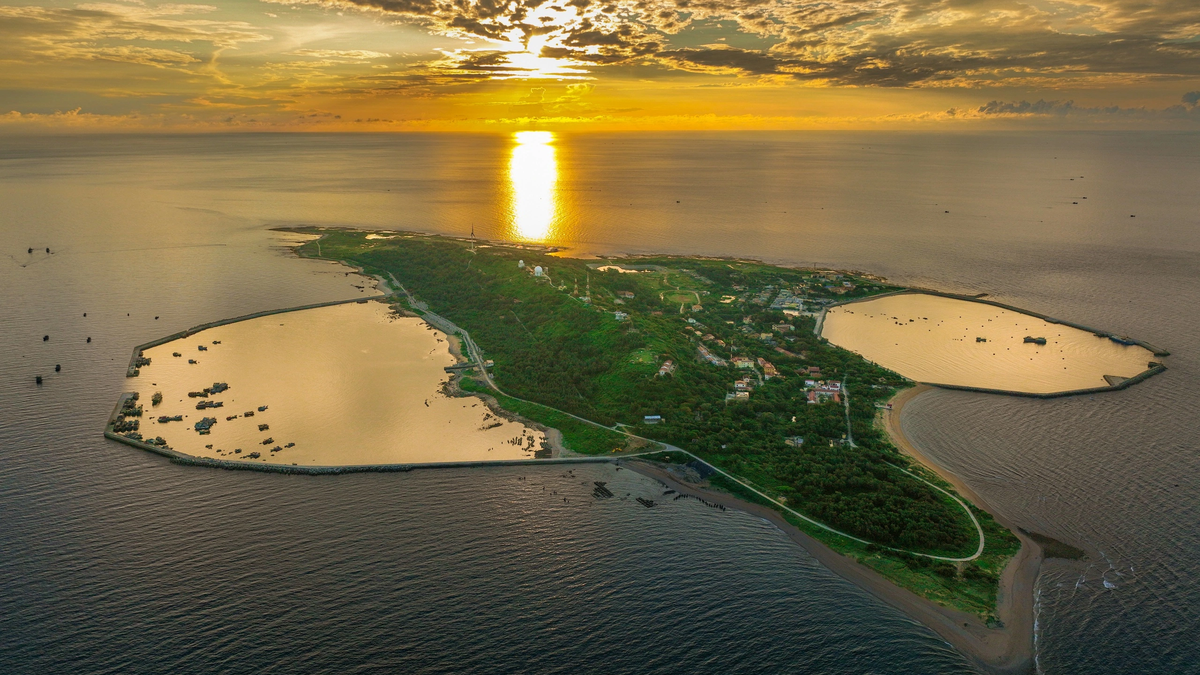
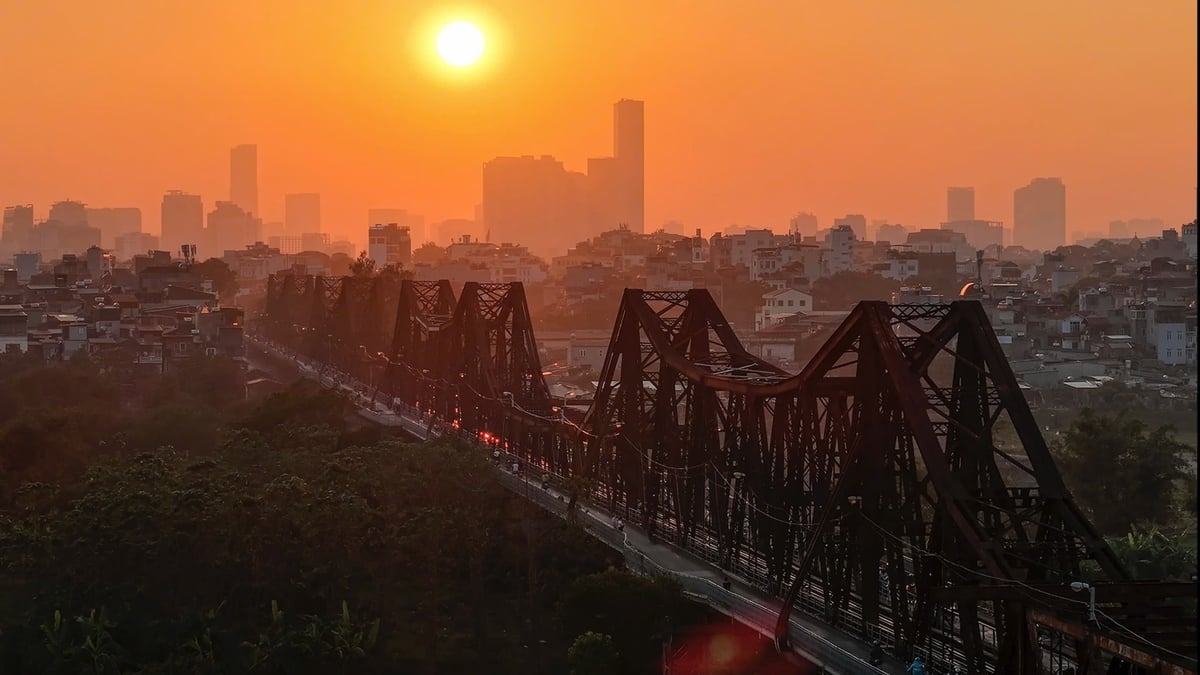
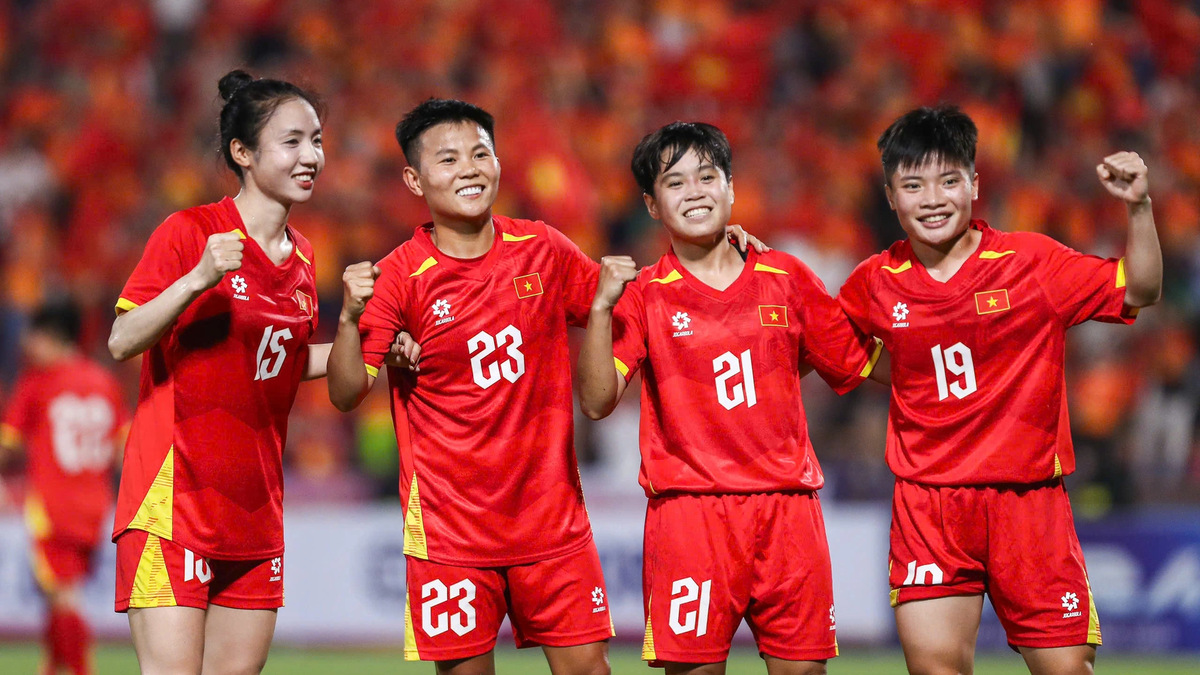
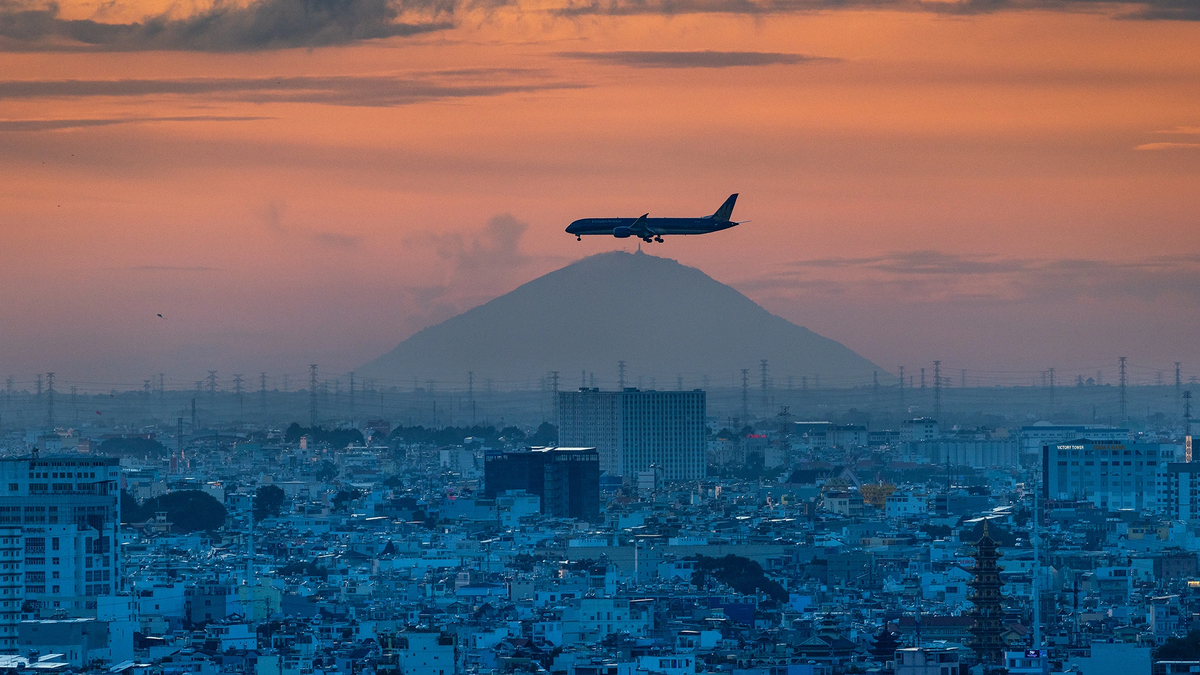
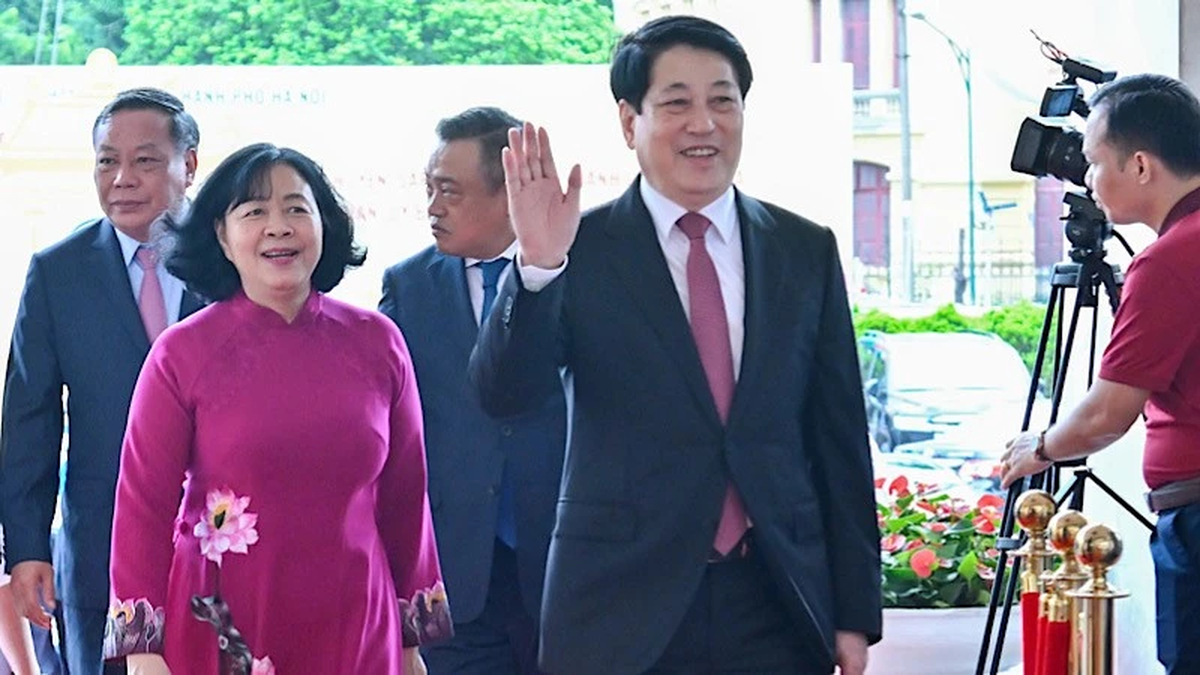


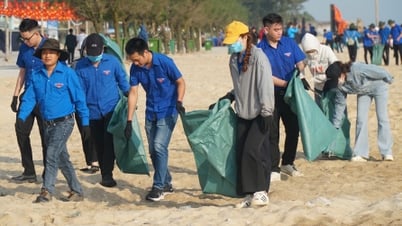

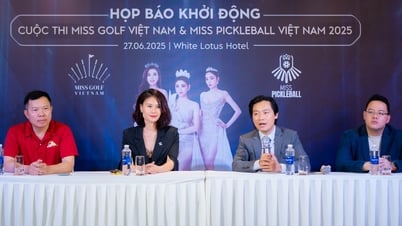
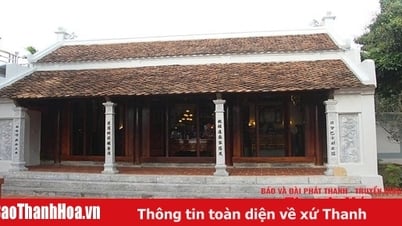


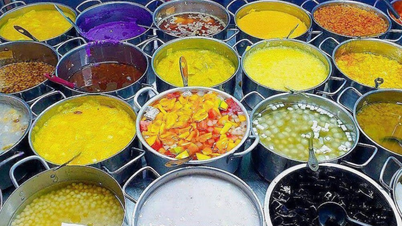

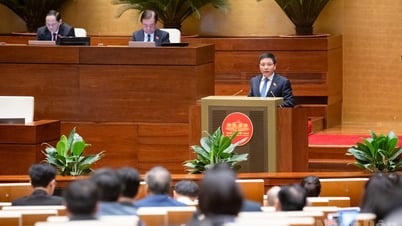



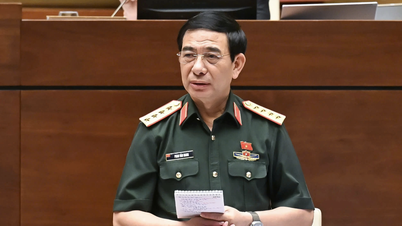

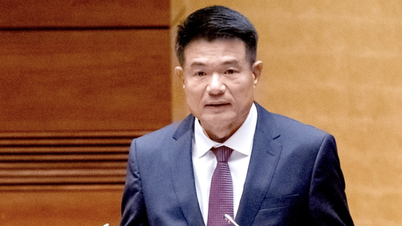

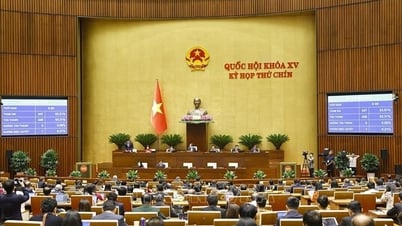

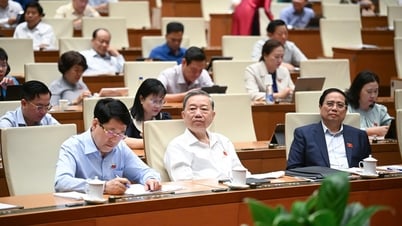
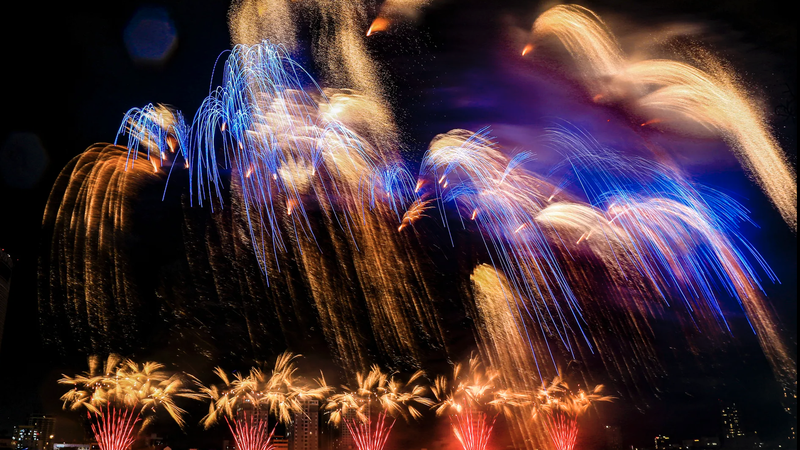
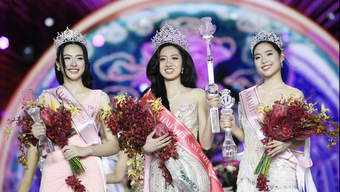
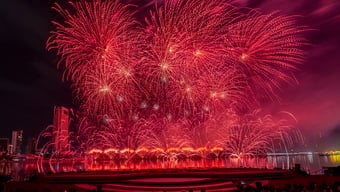
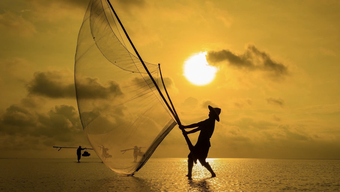
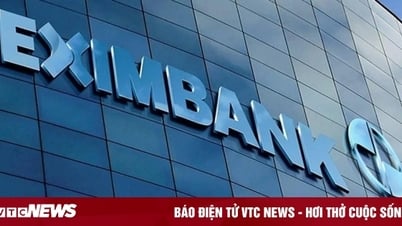

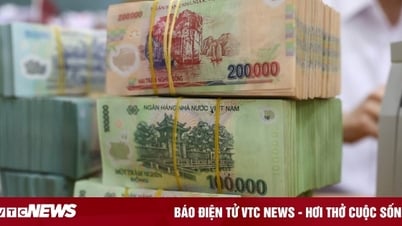
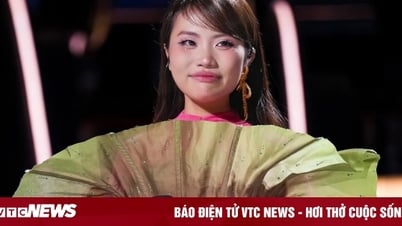

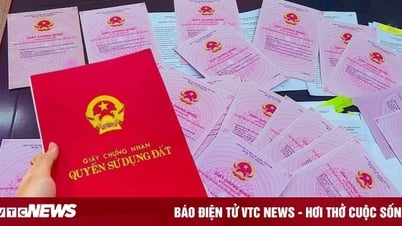
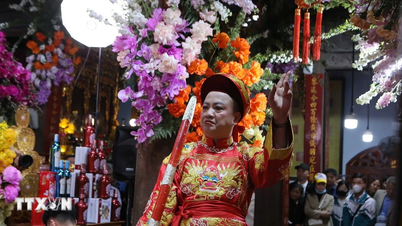

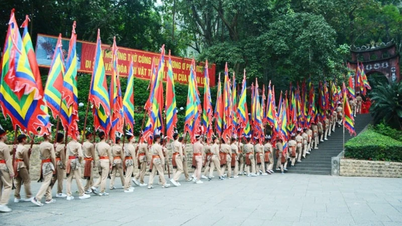

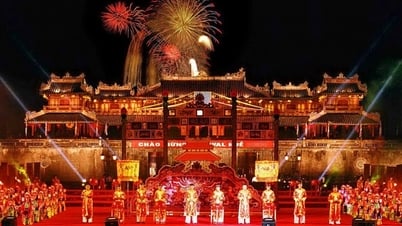
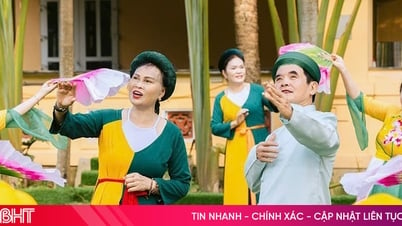

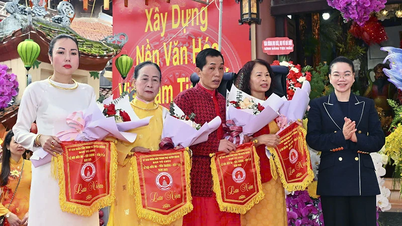


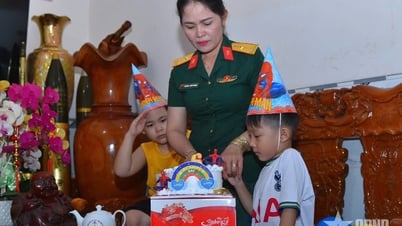
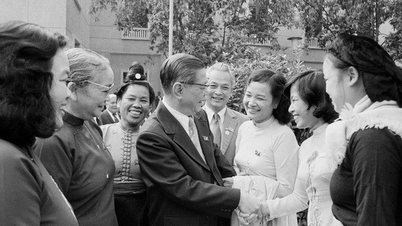
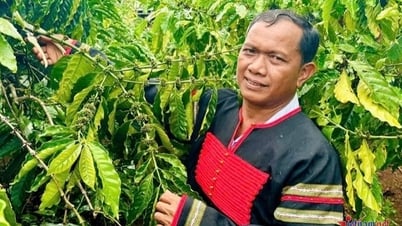
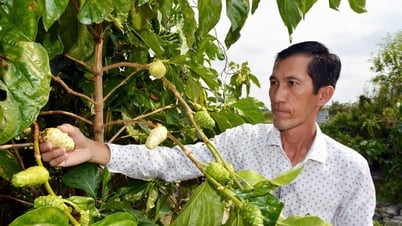
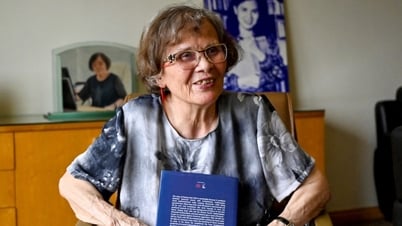


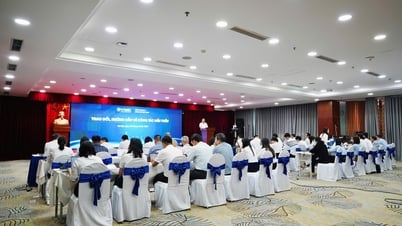



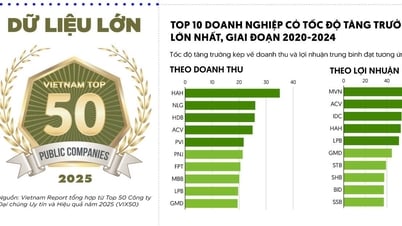


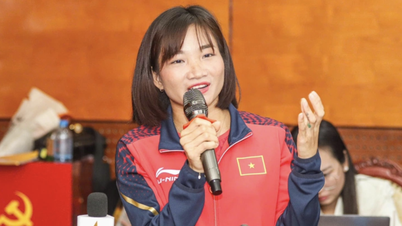
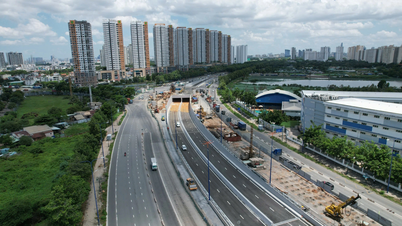

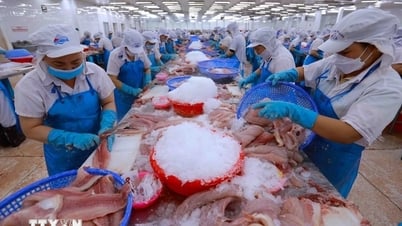

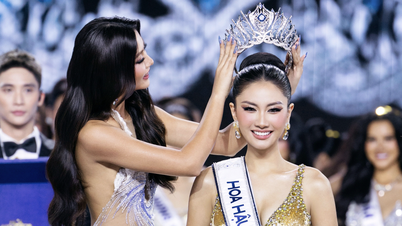







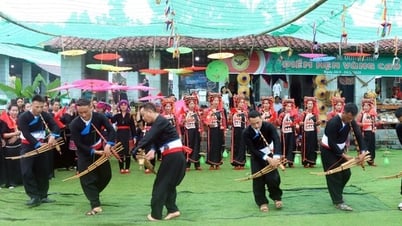
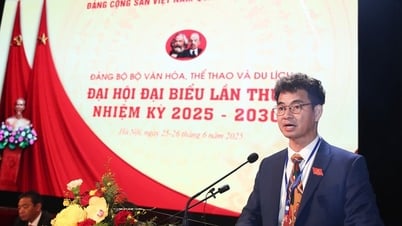
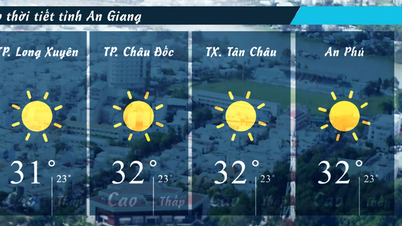




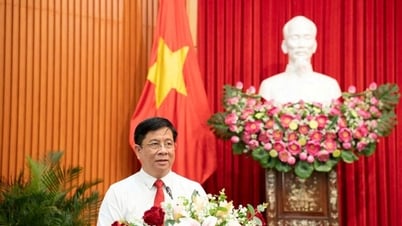
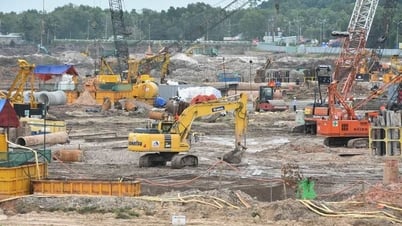
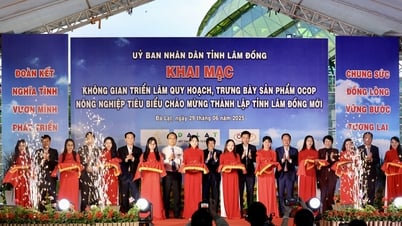



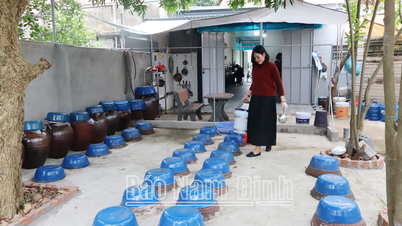



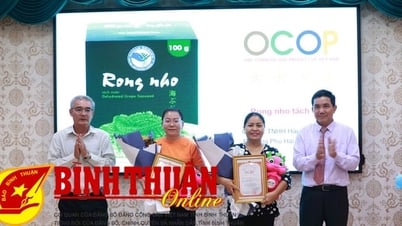



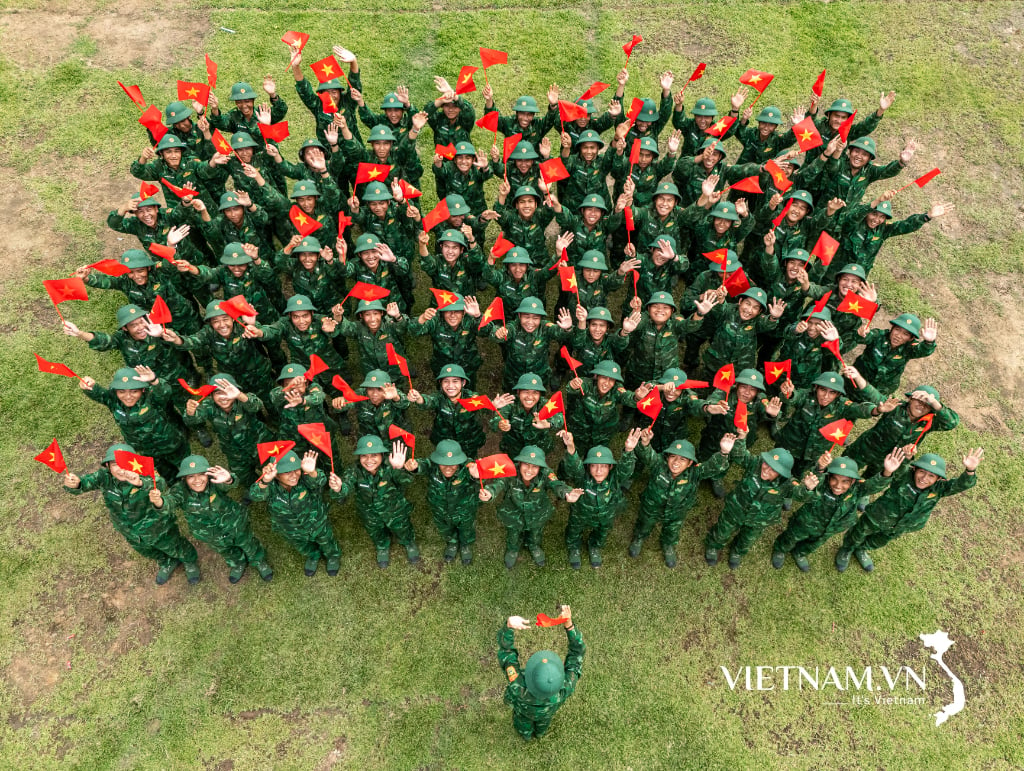
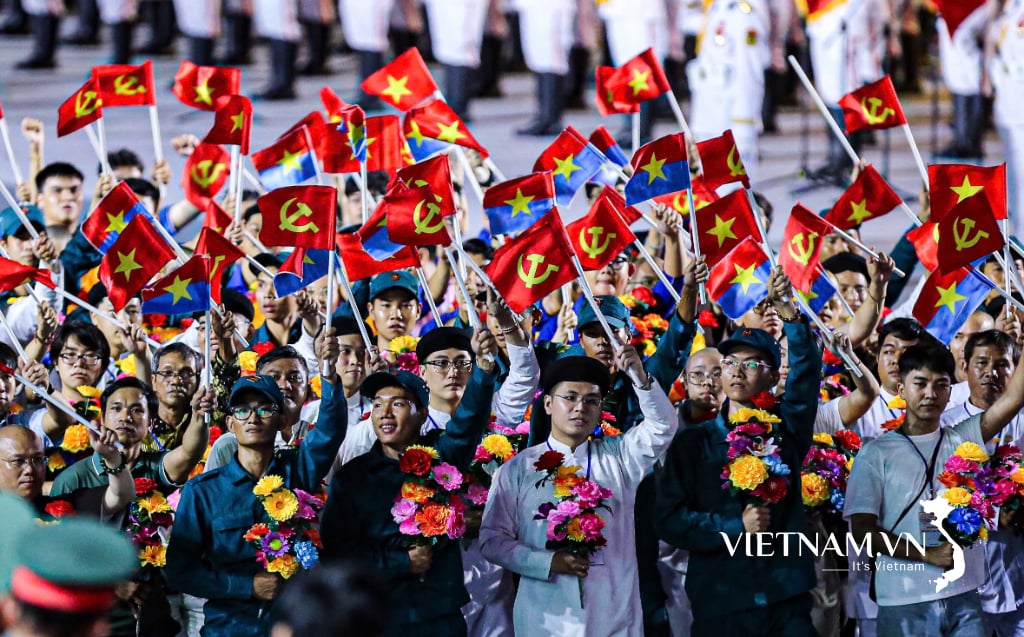
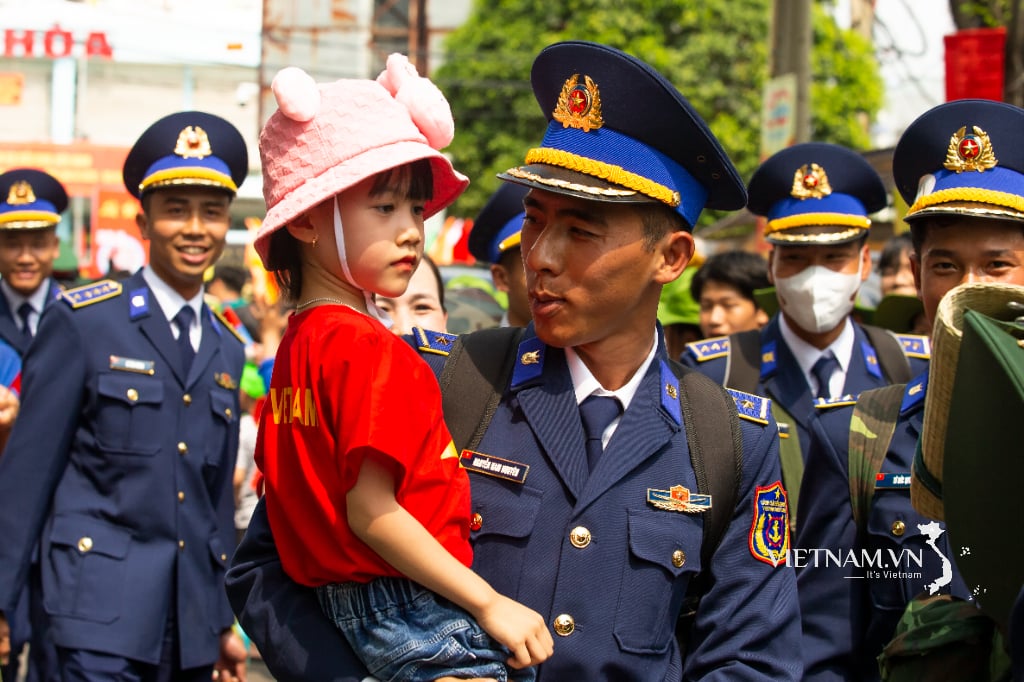
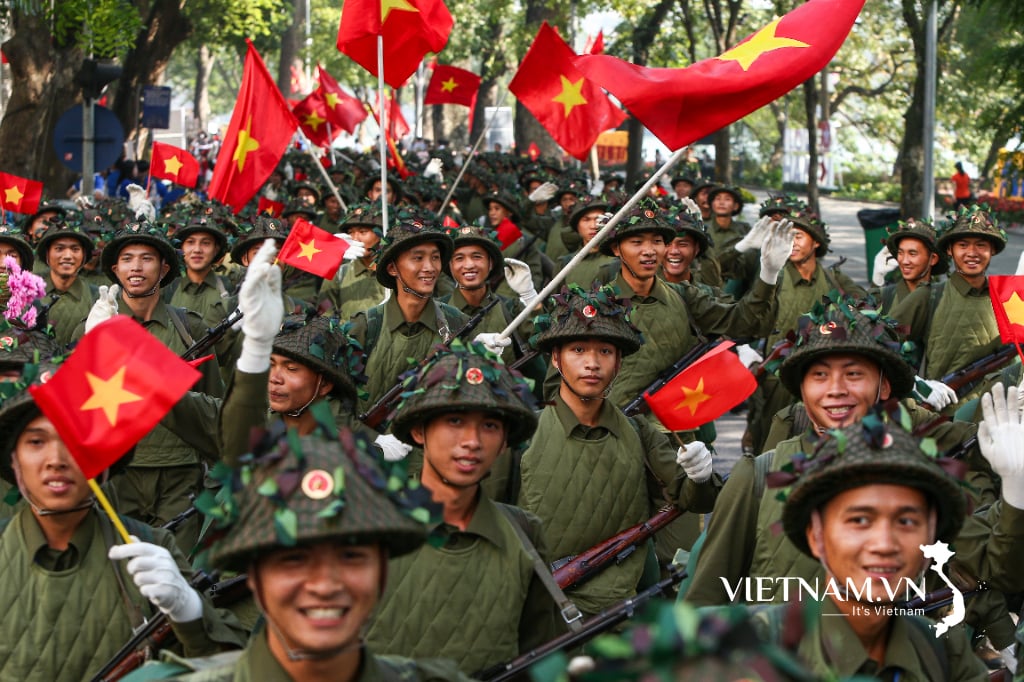
Comment (0)